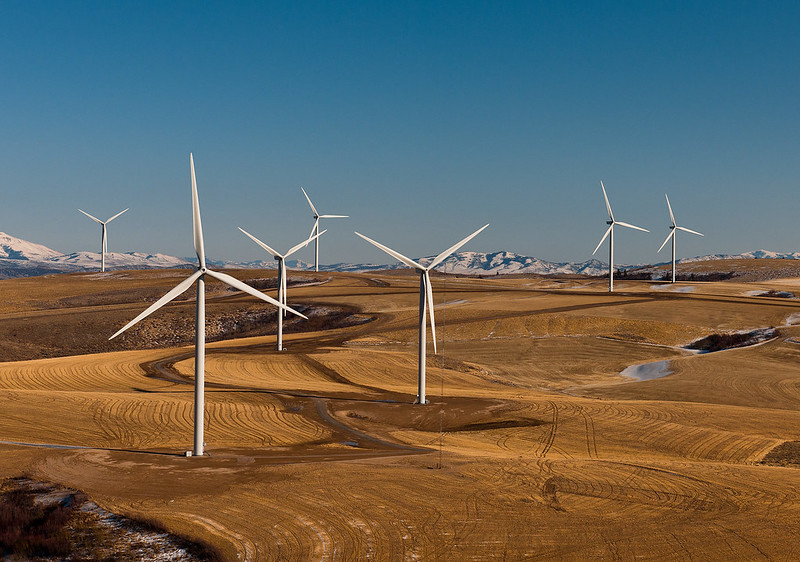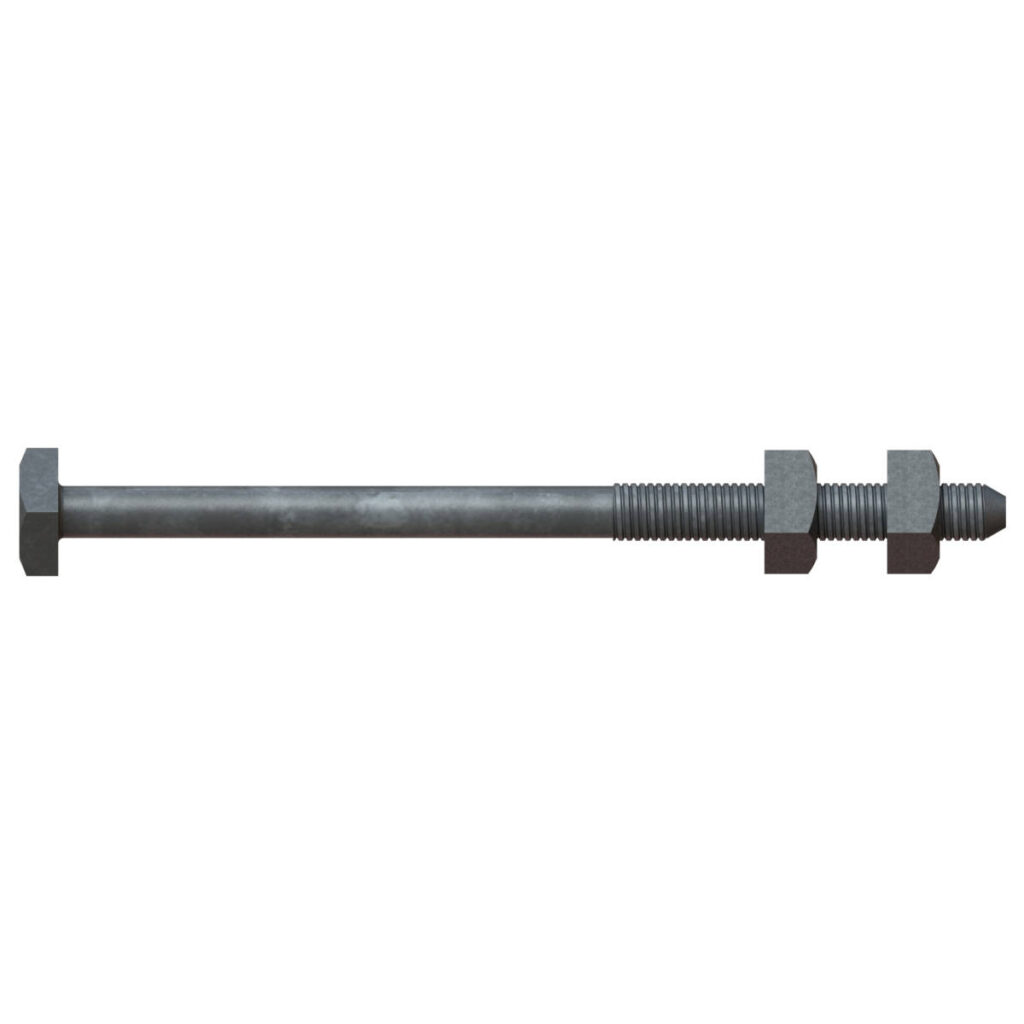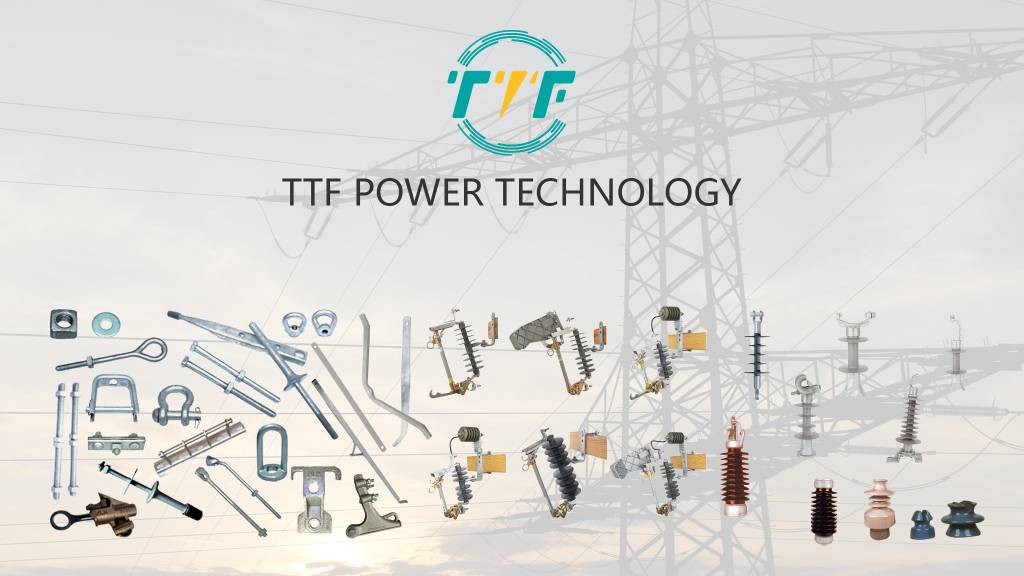
Recently, Peru’s Ministry of Energy and Mines granted Kalipa Generación a temporary concession for a wind power project in the southern region of Arequipa. The business is for the 403 MW Tanaka plant, which is designed to span the districts of Acari and Yauca in Caraveli province. The Tanaka Wind Power Project will feature 65 wind turbines, each with a capacity of 6.2 MW. This project includes the construction of an 88 km, 220 kV transmission line and a substation to integrate the generated power into the national grid. Kalipa Generación is also expanding its renewable energy portfolio, which includes the Sunny solar project, Ocoña solar project, Norteño wind project, Cherrepe wind project, and Los Vientos wind project. Collectively, these projects represent a significant shift towards sustainable energy with a combined capacity of 1.722 MW. Cable suspension bolts secures and stabilizes electrical cables transmitting electricity from wind farms.
The Tanaka project aligns with Peru’s broader strategy to diversify its energy matrix and reduce dependence on fossil fuels. The country’s renewable energy sector is experiencing much growth with wind and solar projects. Cable suspension bolts hang and secure medium- or high-voltage cables from transmission towers. They ensure the cables remain stable under wind loads and vibrations. Suspension bolts attach to wind turbine towers, substations, or switchgear to ensure proper electrical connectivity between turbines and the grid. They help extend existing transmission infrastructure to reinforce connections to new turbines. Kalipa is expanding wind projects like San Juan that need robust electrical infrastructure. Cable suspension bolts ensure reliable power evacuation from turbines to the grid.
Cable suspension bolts in infrastructure necessary for wind project in Peru
Suspension bolts are anchor devices used to secure support cables or guy wires in various construction applications. They support transmission line towers, substation supports, temporary lifting equipment, and turbine component staging platforms. They help distribute mechanical loads and ensure structural integrity and protect against vibrations and dynamic stress. Proper use of cable suspension bolts ensures wind turbines and power lines remain stable, safe, and long-lasting. Here are the functions of cable suspension bolts in infrastructure supporting wind development in Peru.

- Transmission line stability—the Tanaka project needs an 88 km, 220 kV transmission line to connect the wind farm to Peru’s national grid. The lines traverse mountainous terrain and potentially unstable soils. Cable suspension bolts anchor transmission towers against wind, seismic, and load stresses. They provide tensile strength and ensure vertical and lateral stability.
- Wind turbine logistics and assembly—transportation and erection of large turbines across the rugged landscape involves temporary lifting rigs, crane assemblies, and staging areas where turbine components are stabilized. Cable suspension bolts prevent movement or structural failure during installation.
- Substation reinforcement—the substation for the Tanaka project needs structural reinforcements to withstand electrical loads and seismic risks. Cable suspension bolts stabilize equipment platforms, anchor high-voltage apparatus, and reduce movement from vibrations.
Impacts of the Tanaka wind project on Peru’s energy sector
The 403 MW Tanaka wind project in Peru’s Arequipa region marks a vital moment in the evolution of the energy sector. The Tanaka project aims to become one of the largest wind farms in Peru. It has far-reaching impacts across energy security, sustainability, investment, and regional development. Here are the key impacts of the Tanaka wind project on Peru’s energy sector.

- Boosting renewable energy capacity—Tanaka’s 403 MW capacity represents an addition to Peru’s clean energy. The growth could speed up Peru’s push to diversify its energy mix, which depends on hydropower and fossil fuels.
- Reducing carbon emissions—Peru is committed to reducing greenhouse gas emissions under the Paris Agreement. The Tanaka project is crucial in displacing fossil fuel-based generation, helping Peru meet its nationally determined contributions (NDCs).
- Strengthening grid resilience—the project includes the construction of an 88 km, 220 kV transmission line. This is crucial in enhancing grid infrastructure and helps improve grid reliability. It also helps reduce Peru’s dependence on centralized, hydro-dependent generation that is vulnerable to droughts and climate variability.
- Attracting investment—the development of this wind farm sends a strong market signal to both domestic and international investors. This is crucial in reinforcing Peru’s commitment to clean energy policy, attracting destinations for renewable energy financing, and enhancing Kalipa’s Generacion evolution from thermal to renewable power producer.
- Economic development—the project will generate construction jobs and skilled labor demand and local procurement opportunities for materials and services.